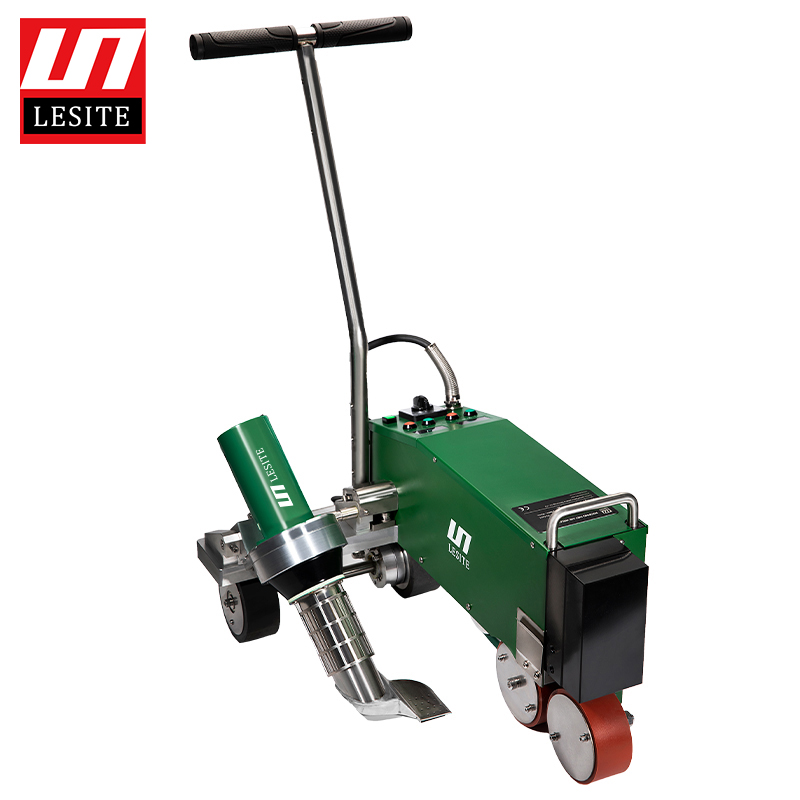What Is Roof Heat Welding
Roof heat welding, also known as thermoplastic welding or hot-air welding, is a method for joining thermoplastic roofing materials such as PVC (polyvinyl chloride) or TPO (thermoplastic olefin) membranes. The process involves using a specialized heat gun to soften the roofing material and then pressing the softened edges of the material together to create a strong, watertight seal. This technique is commonly used in the installation and repair of commercial and industrial flat roofs.
What Are the Advantages of Hot Air Roof Welding?
Not only do roofers prefer the hot air roof welding process over other seam sealing methods, but they also offer substantial benefits to their customers. Here are some examples:
Safety of Roof Welding:
Unlike other welding techniques that involve dangerous equipment, hot air roof welding does not pose the same risks. There is no light, fire, or other hazards involved, making it a safe process without the need for special protective equipment.
Efficiency of Heat Welders:
Although it takes time for the plastic to melt, heat welders work quickly, with many being able to weld between seven to fifteen feet per minute. Additionally, they often have adjustable temperatures and speeds, allowing them to work faster when necessary.
Welding PVC Membranes in Cold Weather:
While it may take more time to hot air weld in cold temperatures, it is still possible to achieve quality work. This is unlike glue adhesives, which often struggle to become fully viable in cold weather.
Quick Readiness of Welded PVC Roofing:
Once the heated plastic cools down, it reaches its best strength, allowing roofers to add other features to the roof, such as a coating, promptly. In contrast, glue often takes time to cure and dry.
Durability of Welded Sheets:
When PVC membrane sheets are heat welded together, they form one large sheet that remains intact even in high winds. In contrast, adhesive seams are susceptible to breakdown, causing membrane sheets to separate.
Waterproof Nature of Heat Welded Roofs:
Heat welded membranes eliminate the presence of seams between sheets, making them impervious to moisture compared to glue-sealed seams, which can allow moisture to enter and cause damage.
Wind-resistant Qualities of Hot Air Welded Roofing:
While glue-sealed seams can be weakened by moisture, hot air welded PVC roofing membranes are less likely to be affected by high winds due to the non-existent seams, reducing the risk of damage from wind.
Post time: Feb-15-2024

